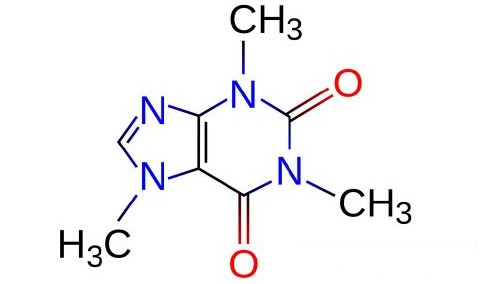This is an old revision of the document!
Table of Contents
Introduction
<style justify> The detrimental effects of alcohol during pregnancy have been known for centuries. Fetal Alcohol Spectrum Disorder (FASD) is a more recent umbrella term used to describe disabilities resulting from prenatal alcohol exposure. </style>
History
<style justify> One of the disorders under FASD, is Fetal alcohol syndrome (FAS) which is commonly diagnosed when the patient exhibits characteristic facial dysmorphology, growth restriction, and central nervous system/neurodevelopmental abnormalities. The best way right now to detect is for self-reporting. The symptoms shown above may not all be expressed in the patient; hence the problem lies in how are we supposed to find a way to define individuals who are less affected. Researchers have since suggested terms that identify children who do not fall under this category, such as fetal alcohol effects (FAE), Alcohol-related birth defects (ARBD), and alcohol-related neurodevelopmental disorder (ARND). Therefore, researchers have since arrived at adopting an overarching term, called Fetal Alcohol Spectrum Disorder (FASD), thereby encompasses all the levels of prenatal alcohol exposure. </style>
Pathophysiology
<style justify> FASD is really hard to detect. The most optimal way is for self-disclosure, otherwise there are tests physicians may carry out in order to determine whether the woman is at risk of drinking.
Signs
<style justify> So the first sign you can see is how much is the intake of alcohol. The average consumption of alcohol for non-pregnant women is defined into three categories – light drinking (1.2 drinks per day), moderate drinking (2.2 drinks per day), and finally heavy drinking (3.5 drinks per day or more). However, the amount of alcohol needed to be consumed to cause potential damage to the offspring is just one drink per day. Recent studies have shown that even one drink per day is detrimental to the babies’ health and as such have concluded that establishing a threshold cannot be adequately identified.
As mentioned above the signs for FASD are extremely hard to see. No biological marker is accurate enough to identify FASD. Studies have shown some signs of analysis of meconium and hair samples for fatty acid ethyl esters, but a larger sample size would be needed. Another research that is being seen is γ-glutamyl transferase, hemoglobin-associated acetaldehyde, and carbohydrate-deficit transferrin. Again, the issue lies that this research cannot be proven working to identify drinking in pregnant women. </style> <style center>
</style> <style justify> The easiest sign is from the patient themselves. Self-reporting of maternal alcohol is essential to protect the lives of the baby and mother. However, the stigmatization of drinking causes fewer people to discuss with this with their doctor. One thing doctors use as a consensus is the history of the patient. This leads to doctors assuming individuals who did not drink before pregnancy or a minimum amount would stop. As studies showed, this was highly inaccurate as twice as many people admitted to alcohol consumption rather than when compared to medical records.
This is not to say that doctors do not have tools to figuring out women who intake alcohol during pregnancy. For example, one tool is called the T-ACE, and it is a traditional screening test by asking four questions. The results from the analysis typically identify 90% of patients who can be potential risk-drinkers, but false-positives can also be ruled out by asking follow-up questions. Other tests are Tolerance, Worry, Eye-opener, Amnesia, Cut-down (TWEAK), Alcohol Use Disorders Identification Test (AUDIT), and Short Michigan Alcoholism Screen Test (SMAST) are a few tests used to identify potential risk-drinkers. </style>

